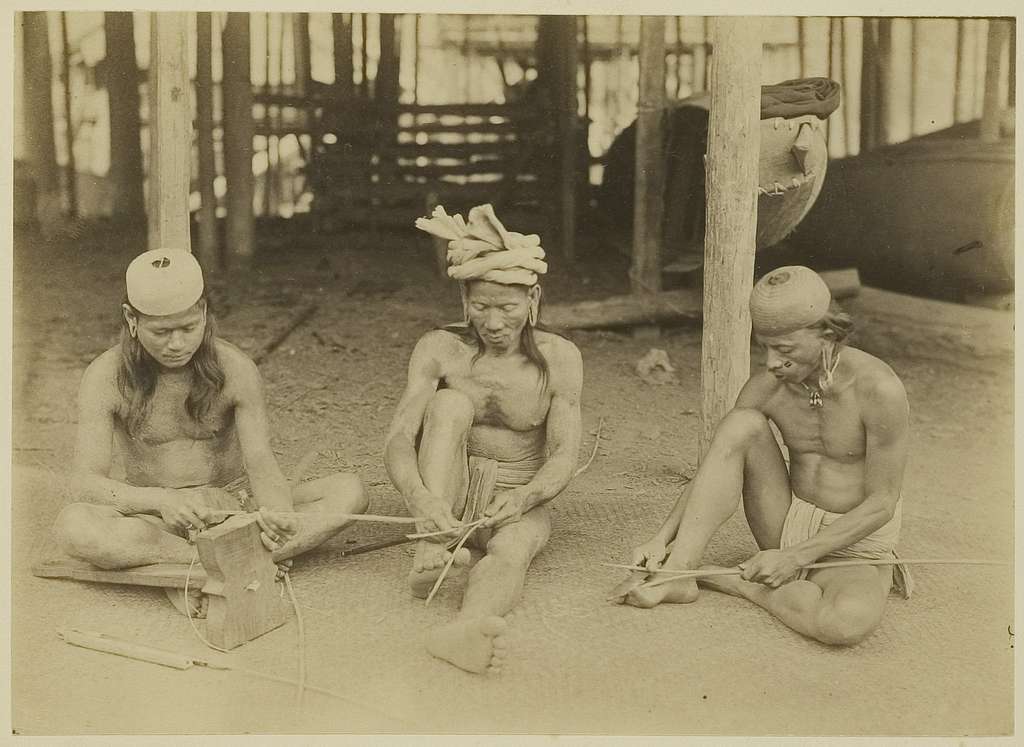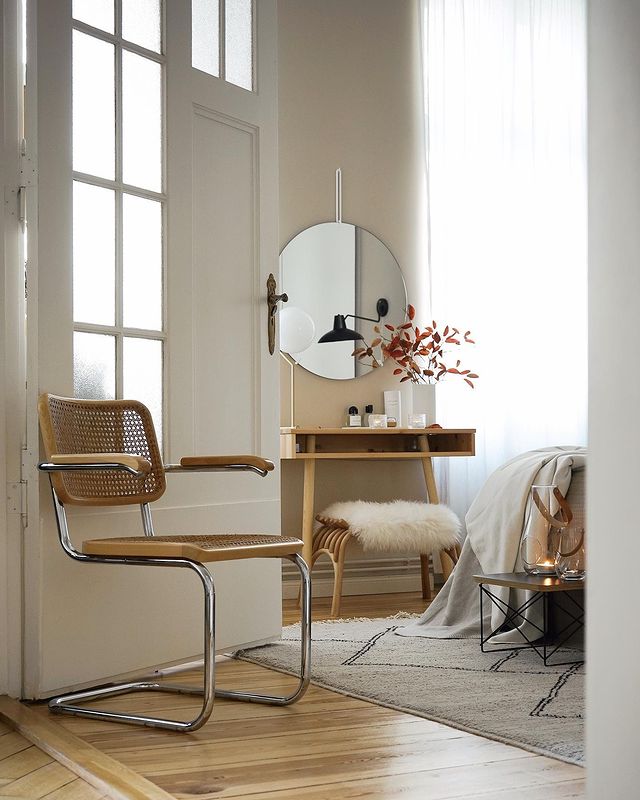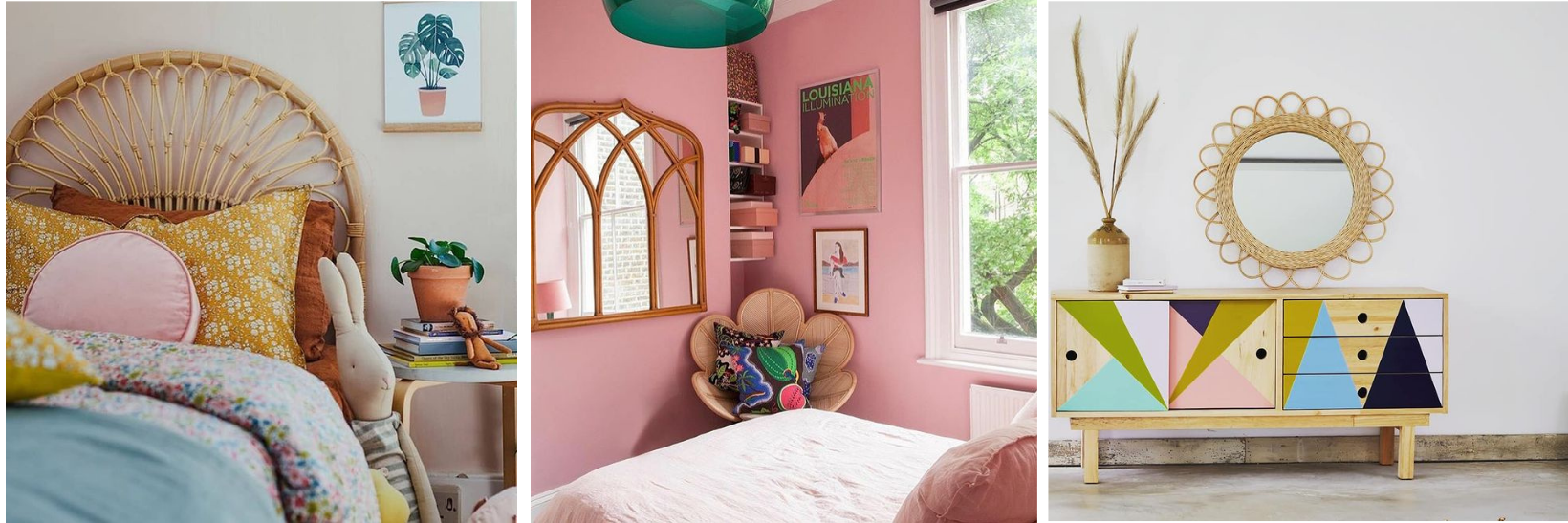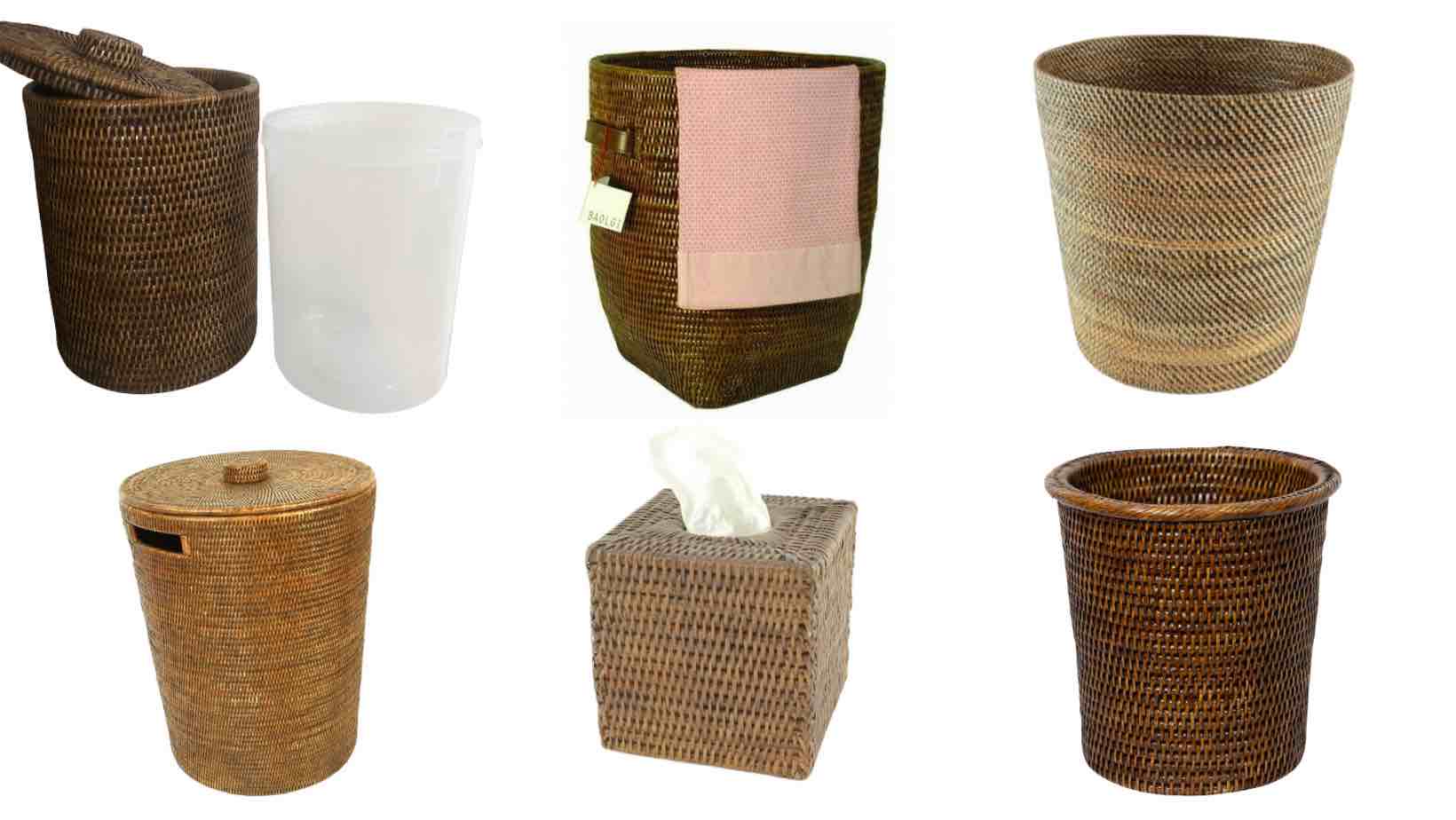1st Jun 2022
The history of rattan is one that began its journey far before the invention of the chair. Spanning thousands of years and several continents, the fascinating story of rattan wickerwork weaves its way through every iconic culture to have graced the earth. Read on to find out everything you need to know about the history of rattan, including the intriguing evolution of rattan furniture design and why such a wide variety of rattan home accessories came to be so popular.
The difference between rattan, wicker and cane
The terms rattan, wicker and cane tend to be used interchangeably on a lot of sites, but the differences are important.
- Wicker is a process of weaving natural materials to create furniture, baskets or other items. Wicker can be made from rattan but also willow, reed, grass, straw and more.
- Rattan is a natural material, a tropical vine harvested for use in basket and furniture making.
- Cane is the tough outer skin of the rattan plant. The flexible inner core is also used for weaving.
Rattan harvesting and origins
Rattan is a vine that grows in tropical climates, mainly in the rain forests of South East Asia. It’s a forest floor plant that sends out long climbing tendrils that creep up the surrounding trees. It grows fast, sometimes hundreds of feet high, and managed well it can provide a profitable alternative to logging for local people, making it a potentially ecologically beneficial crop.
Once harvested, rattan is processed into a flexible wood that is both springy and strong, making it ideal for baskets and furniture because it can be bent and woven but creates an extremely durable finished product.
The long history of weaving
Wickerwork is one of the oldest crafts in the world. Weaving plant materials into baskets and furniture is a skill found in many cultures over thousands of years. There’s evidence of Neolithic basket weaving, and artworks from early civilisations in India, the Middle East and the Mediterranean show wicker furniture. Ancient Egyptian tombs contained wicker items and the Old Testament mentions wickerwork – Moses in his reed basket made good use of wicker!
Different cultures used different materials for their wickerwork. The Egyptians used reed, the Romans used willow, other cultures used straw or grass. In South East Asia, rattan was the local material of choice, super strong and springy and perfect for weaving. It was used to make baskets and furniture for everyday use.
Rattan furniture embraced by Europe
It wasn’t until the 17th Century that rattan began to spread to the rest of the world as the ideal material for wickerwork. Portuguese traders brought back this wonder material from their travels in South East Asia. They began using rattan cane in their furniture design, and this practice spread across Europe. During the peak of the British Empire, rattan wickerwork furniture became fashionable in Britain and was widely used by the Victorians.
Kayans in Borneo process rattan for weaving, c.1898.
Wicker and rattan home accessories embraced by the design world
Rattan combines the simplicity of a natural material with the potential for complex design. It can be woven into elaborate scrollwork and shapes, but also looks attractive in a simple design.
In the 19th Century there was a growing fashion in Europe for pastoral design and handicraft, bringing rural crafts into the drawing rooms of the middle and upper classes. Rattan was the perfect material for this trend. Rattan furniture was displayed at the Great Exhibition in London in 1851 and was used by designers in the Arts and Crafts movement.
In the 20th Century, wickerwork was used to add warm, natural elements to the cold lines of Modernist design, as in Marcel Breuer’s iconic ‘floating’ chair with its wicker seat, designed in 1928. Rattan’s popularity grew between the 1950s and 1970s, with rattan furniture becoming the height of ’70s interior design fashion.
Image credit: https://www.instagram.com/tthese_beautiful_thingss...
Rattan rebirth in modern furniture design
After a lull in popularity over the next few decades, rattan is currently back in the style magazines with a vengeance. Modern designers are using rattan to add a touch of wildness to a room, setting rattan pieces against bright colour-splash walls or furniture, tactile macramé hangings and lush houseplants. Rattan pieces are neutral but still elegant, allowing other elements of a room to shout out.
Image credits: https://www.instagram.com/therattancompany/
The ecological credentials of rattan home accessories
Rattan also suits the current desire to move away from plastic as the go-to material for home accessories. Tactile and natural, if farmed correctly rattan is a sustainable crop that helps protect rainforests. And rattan pieces, when cared for lovingly, can become family heirlooms.
Rattan waste paper bins & home accessories
As you can see, our rattan bins and rattan home accessories have a long and distinguished pedigree. The Must Have Bins Rattan range encapsulates the long relationship between Europe and South East Asia in the history of rattan. Our baskets are designed in France and made in rural Vietnam where the rattan is harvested. Our Vietnamese workshop is a family business that provides employment to people in the local area.
Want to find a rattan room accessory that brings you joy? Browse our range for something that speaks to you, or get in touch to talk to us about a bespoke item to fit your room perfectly.





